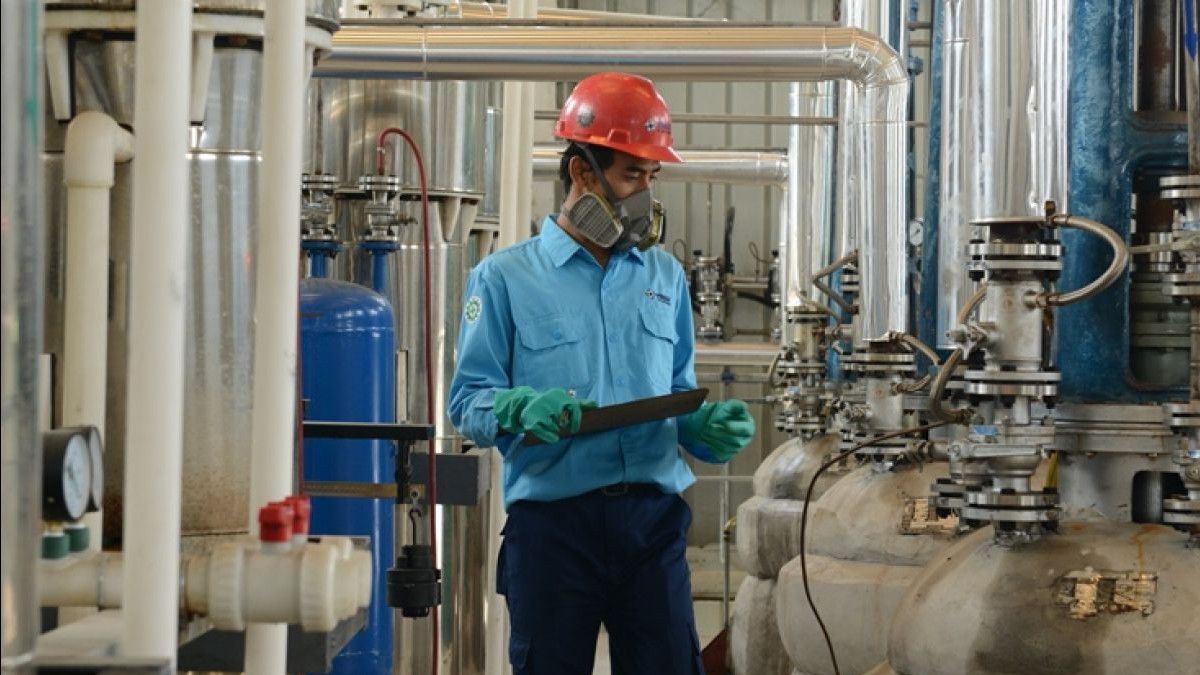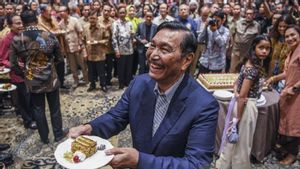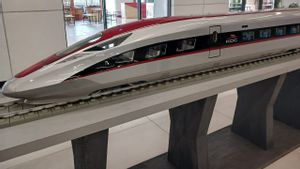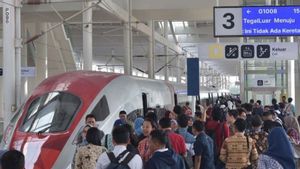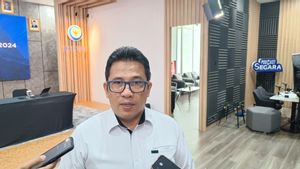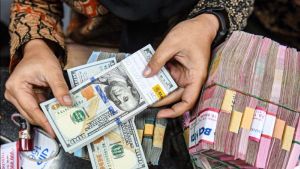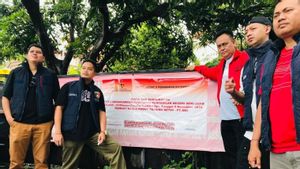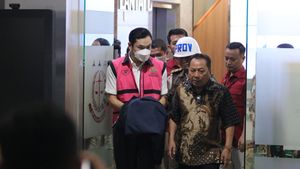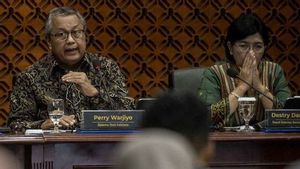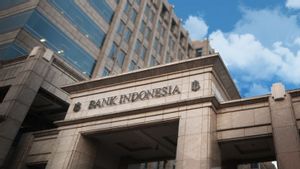JAKARTA - The Coordinating Ministry for Maritime Affairs and Investment (Kemenko Marves) assesses that downstream policies are able to increase investment equity throughout Indonesia.
Deputy for Maritime Resources Coordination of the Coordinating Ministry for Maritime Affairs, Marves Firman Hidayat, said that not only strengthening gross domestic product (GDP), downstreaming can also increase foreign direct investment (FDI) outside Java to 58 percent by 2022.
"The downstream program has also increased regional equity in Indonesia. So Java used to dominate the FDI, but now the majority of FDI are outside Java. So last year (2022) 58 percent of FDI entered outside Java, and Java only 42 percent," said Firman quoted from ANTARA, Wednesday, October 11
According to him, downstreaming has succeeded in restoring the function of Indonesia's economic structure in the Eastern region, which previously tended not to be optimal.
This is reflected in the manufacturing share of manufacturing in Morowali, Central Sulawesi, which in 2010 was still below 10 percent, but in 2022 it increased to 73 percent.
Firman gave another example of a manufacturing share in the Halmahera area, North Maluku, which was recorded at 61 percent.
The manufacturing share is the proportion or percentage of the manufacturing sector's contribution to the total production or economy of a certain country, region, or sector. These indicators measure the extent to which the manufacturing sector contributes to economic activity as a whole.
"This change in economic structure contributes to regional economic growth and community welfare which is higher than the period before downstreaming occurs," he said.
Throughout 2020, the export of nickel and derivative goods was worth US$4.73 billion, up from 2019 which was only US$2.59 billion.
Exports increased again in 2021 by 7.08 billion US dollars and the January-August 2022 period had reached 8.7 billion US dollars. Firman considered this to be the picture that downstreaming increased Indonesia's economic resilience.
VOIR éGALEMENT:
Previously, Minister of Industry Agus Gumiwang Kartasasmita said that the downstream industrial sector would be the main driving force for national economic growth in the future.
According to him, multiplier effect or the dual impact of industrial downstream activities that have been proven to be real, among others, is increasing the added value of domestic raw materials, attracting investment in the country, producing large foreign exchanges from exports, and increasing the number of labor absorption.
The English, Chinese, Japanese, Arabic, and French versions are automatically generated by the AI. So there may still be inaccuracies in translating, please always see Indonesian as our main language. (system supported by DigitalSiber.id)
